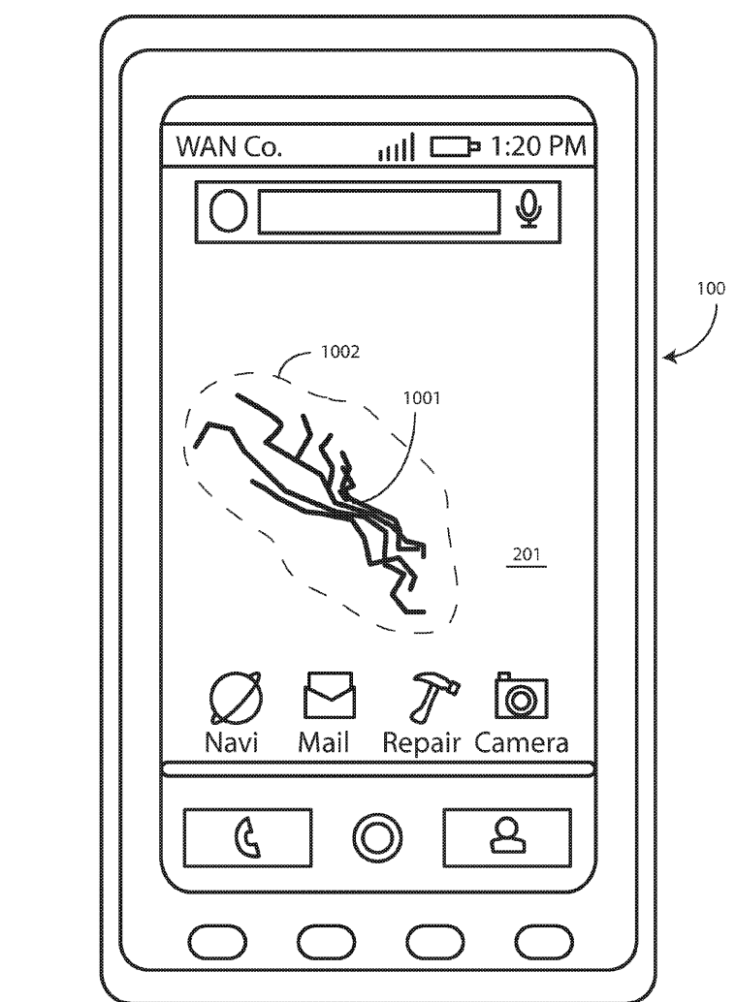Motorola Patent Details Self-Healing Phone Case That Fixes Cracks

Smartphone owners are well-acquainted with the dangers of dropping your phone and getting dents or cracks in it. However, a new patent might be a novel way of solving this problem. A recent Motorola patent details a way in which a phone’s case could be able to heal itself.
According to the patent, the phone’s display would be constructed out of a special “shape memory polymer.” By using heat and detection zones, the phone could reform dents and cracks to make the phone fully to mostly reusable. The patent details how this technology could work by integrating a separate mesh-like layer within the phone that could allow for phone heating to be done in specific areas to target where it wants to be repaired.
As always, tech patents are worth taking with a sizable grain of salt, since they’re rarely concrete indicators of what a company plans to invest in or launch in the future. Plus, it’s likely a stretch that a current version of this technology would make it onto consumer smartphones. Most high-end phones feature glass displays and metal cases, which are far from the most durable materials but which look and feel sharper for consumers. By comparison, plastic-like polymers are more durable, but have a lower-quality feel when you’re navigating screens or menus — it’s why plastic-coated displays are often seen on lower-end devices like kids tablets. The fact that this technology can only partially heal major cracks also limits the potential of its current version.
Still, it’s not the first time that similar heat-based self-healing tools have been seen on consumer devices. As 9to5Google pointed out, LG’s 2013 G Flex smartphone featured a back that could partially heal small scratches and scuff marks. In a demo from around the G Flex’s launch, blogger Marques Brownlee demonstrated how this technology worked and whether it was effectiveness at healing scratches. At the time, Brownlee found that smaller regular scratch marks could get buffed out by the feature, but deeper cuts took longer to effectively heal.
For now, the trend for smartphone manufacturers has generally been on aesthetics over durability. With current high-end models like the Apple iPhone and Samsung Galaxy series, they’ve typically been great to look at but won’t survive a typical fall without serious cosmetic damage — this trend has also been a helpful boost to both first-party and third-party repair options for jobs like screen or case repair.
But it’s not a stretch to imagine enterprise or business applications that could benefit from the self-healing technology that Motorola’s patent details. For users who working outdoors or in situations where they need extra durability, self-healing technology could be a way to guarantee or prolong a device’s lifespan when it’s out in the field.
And although it’s still certainly a pipe dream to imagine self-healing glass or metal on the latest iPhone or Samsung Galaxy, the day when similar tech makes it to consumer phones will be good news for users who are prone to dropping their smartphones.
© Copyright IBTimes 2024. All rights reserved.





















